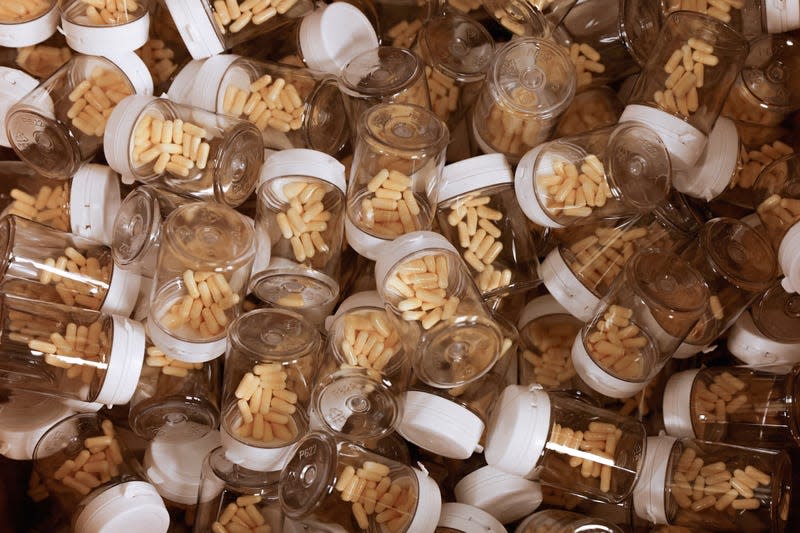Why is the US in a drug shortage emergency?

The US is in a drug shortage emergency.
According to the latest Food and Drug Administration (FDA) update, 1450 pharmaceutical products—from antivirals to painkillers to pediatric treatments—are currently in shortage, and many others may be soon. This is forcing doctors and patients toward extreme solutions, including rationing drugs or postponing lifesaving treatments.
Read more
Out of those drugs, 14 are oncology drugs, largely injectables used for chemotherapy. When providers aren’t able to obtain them, patients have to defer getting treatment, often with negative consequences for their health.
In a few cases, high demand or overprescribing may be to blame. But, broadly speaking, these drugs are not in especially high demand at the moment—just chronic short supply.
Disruptions brought on by covid may be part of the issue—but those disruptions are mostly taking place abroad, and the shortages are largely affecting US-made generic drugs, not imported ones.
The primary issue isn’t one American drugs often have to contend with: They are too cheap.
Low prices at the expense of reliability
The drugs in short supply are mostly generics. Unlike brand name drugs, which can command sky-high prices thanks to patents, generics compete primarily on account of their prices: the cheaper, the better.
Large buyers such as Walgreens, Red Oak Sourcing, or ClarusONE—which account for 90 percent of all generic drug purchases—sign contracts with generic drugmakers that prioritize low pricing over any other concern, including the manufacturer’s ability to provide a reliable supply of the drug, says Richard Frank, a senior fellow in economic studies at the Brookings Institution.
“There is the potential out there, whether it’s in the US or elsewhere, to have adequate supply,” says Frank. “The big problem is reliability. How do you get manufacturers to invest in more reliable supply?”
Investing in reliable suppy
Most generics are manufactured by single-plant companies, so any small infrastructure issue will affect the supply, says Frank. “There is an underinvestment in reliable plants,” he says. “All the buyers are focused largely on price, and that creates an incentive for manufacturers not to invest in the kinds of plant activities and personnel that can reduce the likelihood of supply interruption.”
And, since big buyers usually place sole-source contracts with just one maker to save on volume pricing, they don’t have alternatives when the supply fails.
As Virginia senator Morgan Griffith noted during the Subcommittee on Oversight and Investigations hearing on drug shortages on May 11, generics account for about 90% of drug prescriptions, but only 17% of spending. The median price of drugs that were in shortage between 2013 and 2017 was $9, and the prices of generics haven’t gone up even to match inflation, forcing makers to hold back on any investment.
One solution to the problem might be forcing more focus on reliability and quality, possibly through policy. “Getting the purchasers to actually pay for quality is an important thing,” says Frank. “You need to think about how to create incentives for payers to be willing to pay for quality.”
More from Quartz
Sign up for Quartz's Newsletter. For the latest news, Facebook, Twitter and Instagram.

